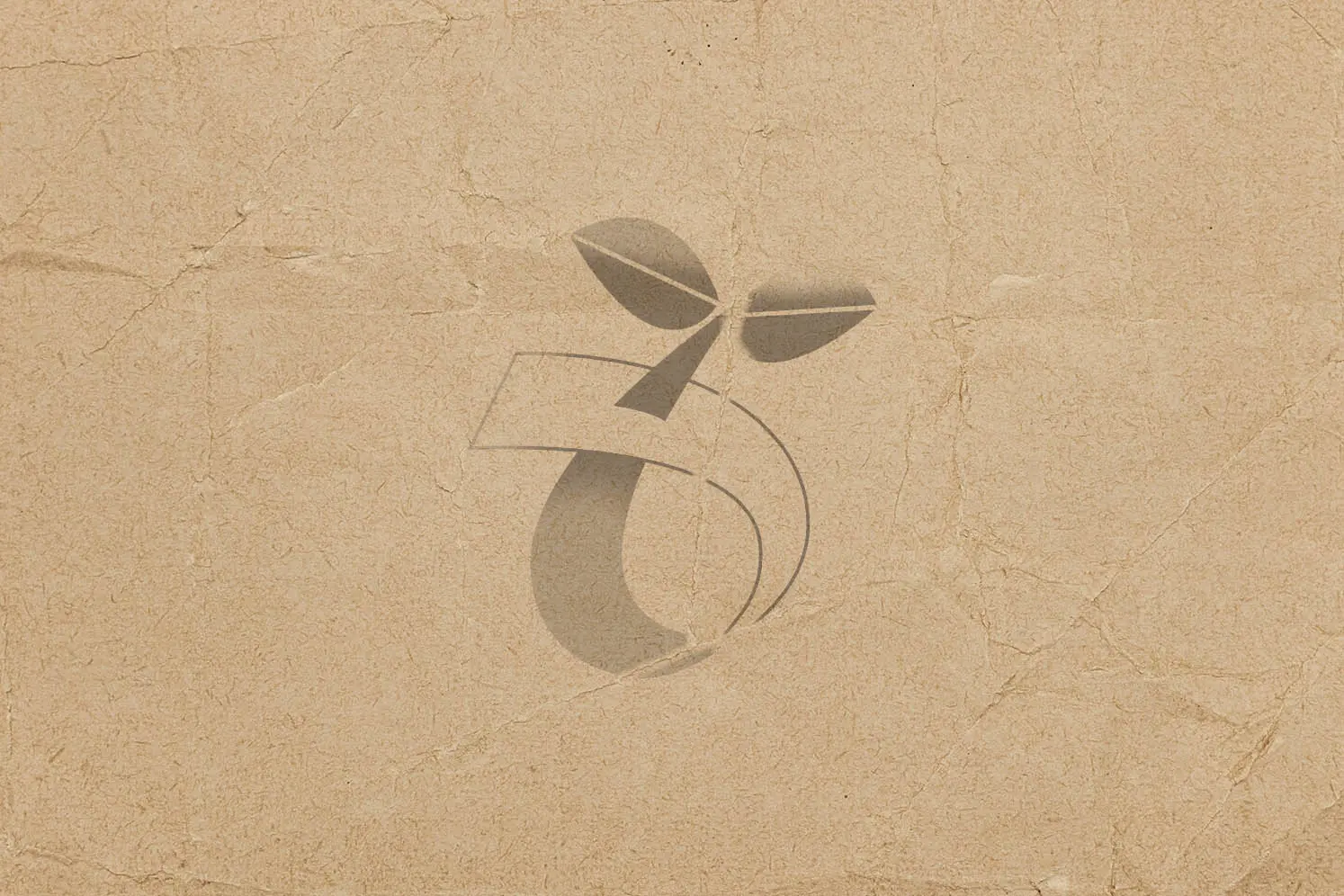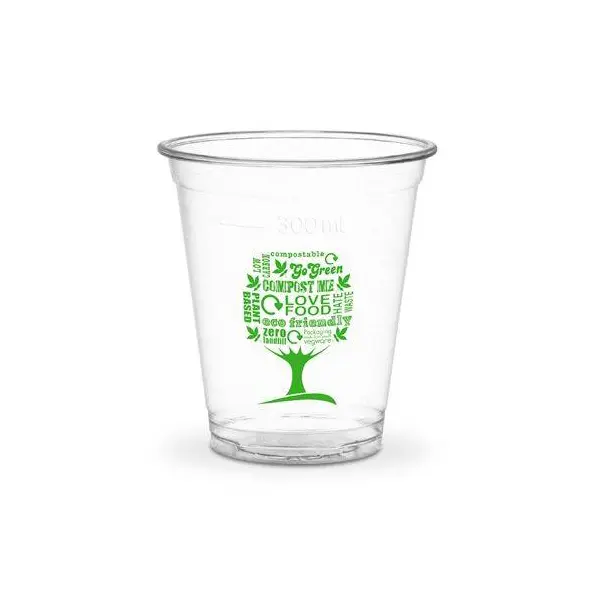Biodegradability - what is it, what label does it carry, and what plastics are biodegradable?

Biodegradability has become a key element in the fight for environmental protection - more and more products advertised as biodegradable are appearing on the market. What exactly does this term mean? How can you recognize goods that are actually biodegradable? In this article we will explain everything to you.
What is biodegradation? Definition of this phenomenon
Biodegradation is a natural process of decomposition of organic matter, carried out by bacteria, fungi, protozoa and actinomycetes. This process leads to the decomposition of complex chemical compounds into simpler substances that can be reused by the ecosystem. It allows a natural cycle of renewal of organic materials, thus reducing the amount of waste that can linger in the environment for hundreds or thousands of years. Biodegradation can occur under a variety of environmental conditions, including the presence of oxygen (aerobic biodegradation) or its absence (anaerobic biodegradation).

the 50 pieces of biodegradable PLA commercials 28+14 x 48 cm are an excellent example of a product that completely breaks down into simpler substances.
We explain what biodegradation is all about
What is biodegradation of waste? As you already know, it is a complex process that involves a series of chemical and biological reactions that take place in the presence of microorganisms. The key step here is the action of enzymes they produce that break down long chains of polymers into smaller, more digestible molecules. This process can be aided by environmental factors such as temperature, humidity, the presence of oxygen and access to light. Under controlled conditions, such as in industrial composting plants, the biodegradation process is optimized and accelerated accordingly.
In practice, biodegradation begins with fragmentation of the material, i.e. physical breaking into smaller pieces. Then enzymes secreted by microorganisms begin to break down the polymers into monomers, which are then used by the microorganisms as a source of energy and nutrients. The final stage is mineralization, during which the remaining organic compounds are converted into simple inorganic substances such as carbon dioxide, methane, water and mineral salts.
Why are plastics not biodegradable?
Traditional plastics, such as polyethylene, polypropylene and PVC, are made from synthetic polymers, which have an extremely durable and stable chemical structure. These long polymer chains are difficult to break down by natural enzymes produced by microorganisms, and this makes the biodegradation process of such materials extremely slow or even impossible. Moreover, many plastics contain chemical additives, such as plasticizers, stabilizers or pigments, which can be toxic and inhibit the growth of microorganisms responsible for biodegradation. Not insignificant are also the hydrophobic surfaces of plastics, which make it difficult for microorganisms to access the material.

Not only biodegradable, but also... edible! 100 pieces of bran plates with a diameter of 20 cm is a way to delight guests in an eco way.
Biodegradability mark - this is how you will know biodegradable products
Manufacturers use various "biodegradable" symbols. For example, the words "bio" or three green leaves may appear on goods. It's worth looking for standardized markings, especially the one awarded by DIN CERTCO (German Institute for Standardization). It's a distinctive black and white ribbon with a leaf, which you may notice on many packaging or biodegradable products at SlowPack Wholesale, such as organic straws or organic cups made of PLA material.
Biodegradable waste, or what to put in the bio garbage can?
Biodegradable waste, also known as bio waste, is organic material that decomposes naturally under the influence of microorganisms. This type of waste includes vegetable and fruit peelings, vegetable scraps, egg peels, coffee and tea grounds, as well as expired fruits and vegetables. It is worth remembering that not everything that appears organic is suitable for the bio waste container. Do not put there, for example, meat, meats, bones, animal fats, vegetable oils, medicines or treated wood. Interestingly, disposable organic utensils can also be thrown into the bio garbage can, but of course, provided they are subject to composting at home, such as many of those found in our organic packaging wholesale store.
Storage of biodegradable waste requires appropriate methods. The best solution is to use compostable bags that biodegrade at the same rate as their contents (such as cornstarch bags). Plastic bags or even those that are biodegradable but not compostable are not suitable for the bio waste bin.

50 PLA Green Tree cups 350 ml diameter 96 mm is an example of industrially biodegradable products.
Features of biodegradable plastics. What makes them different?
Unlike traditional plastics, which can survive in the environment for hundreds or even thousands of years, biodegradable plastics decompose in a much shorter time, transforming into simple, harmless substances such as carbon dioxide, water and biomass. This process can occur under a variety of conditions, both aerobic and anaerobic.
Many of these types of plastics are produced from renewable raw materials, such as corn starch, cellulose, polylactide (PLA) or other biopolymers. This not only makes them easier to decompose, but their production is also less harmful to the environment - reducing dependence on fossil fuels and reducing greenhouse gas emissions.
Conscious consumer choices can significantly affect the condition of our planet. By choosing biodegradable goods and packaging, you support processes that minimize the negative impact of waste on the environment. Biodegradable plastics, such as thermoplastic starch and polymers made from natural raw materials, are an important step toward sustainability. Remember, every small step toward green solutions contributes to protecting our planet for future generations! Choose wisely, segregate your waste and take care of the environment with real pleasure.
